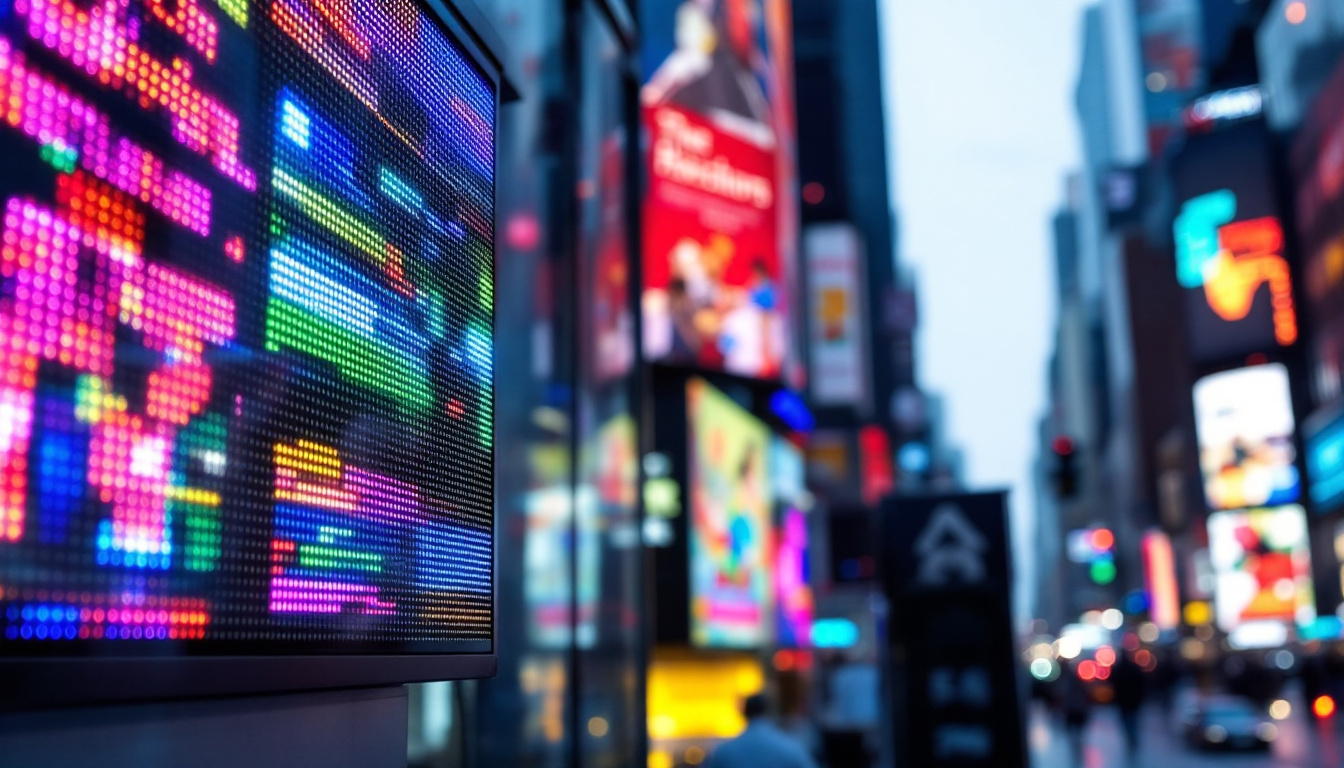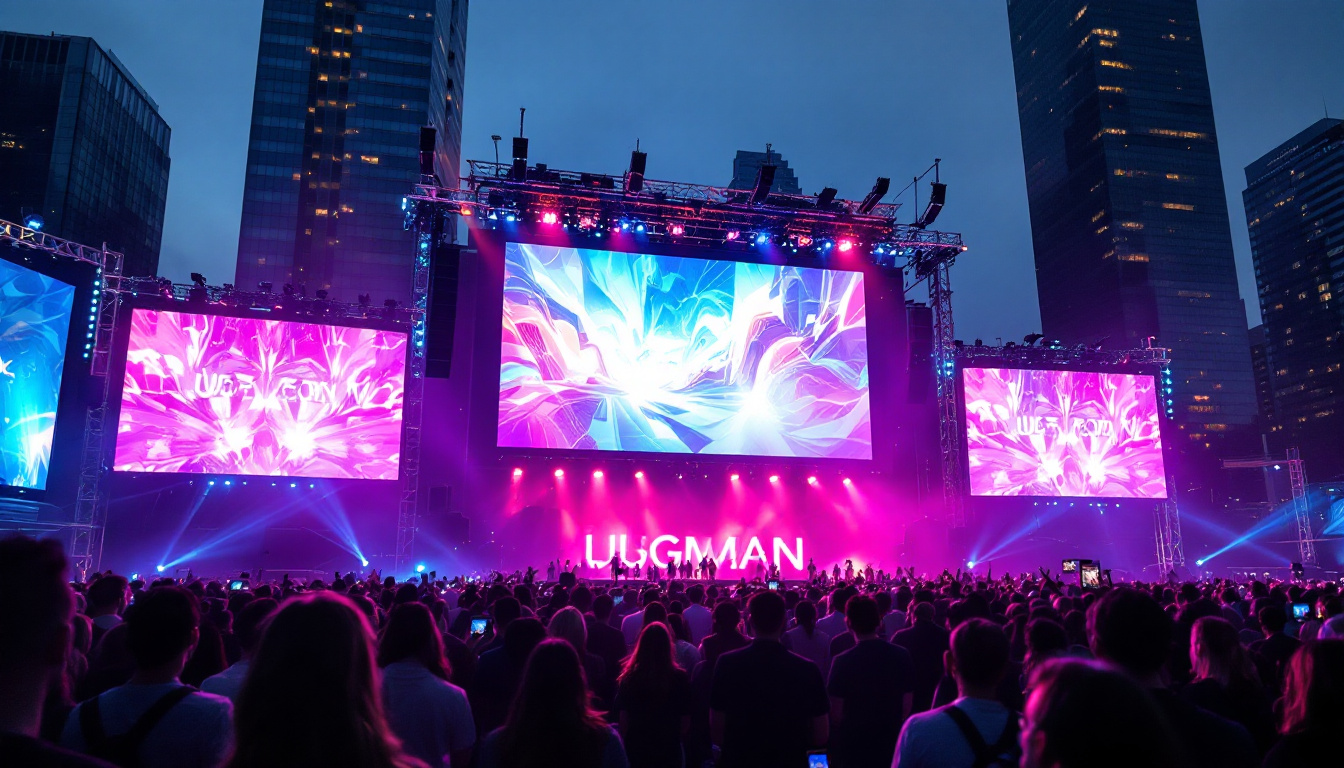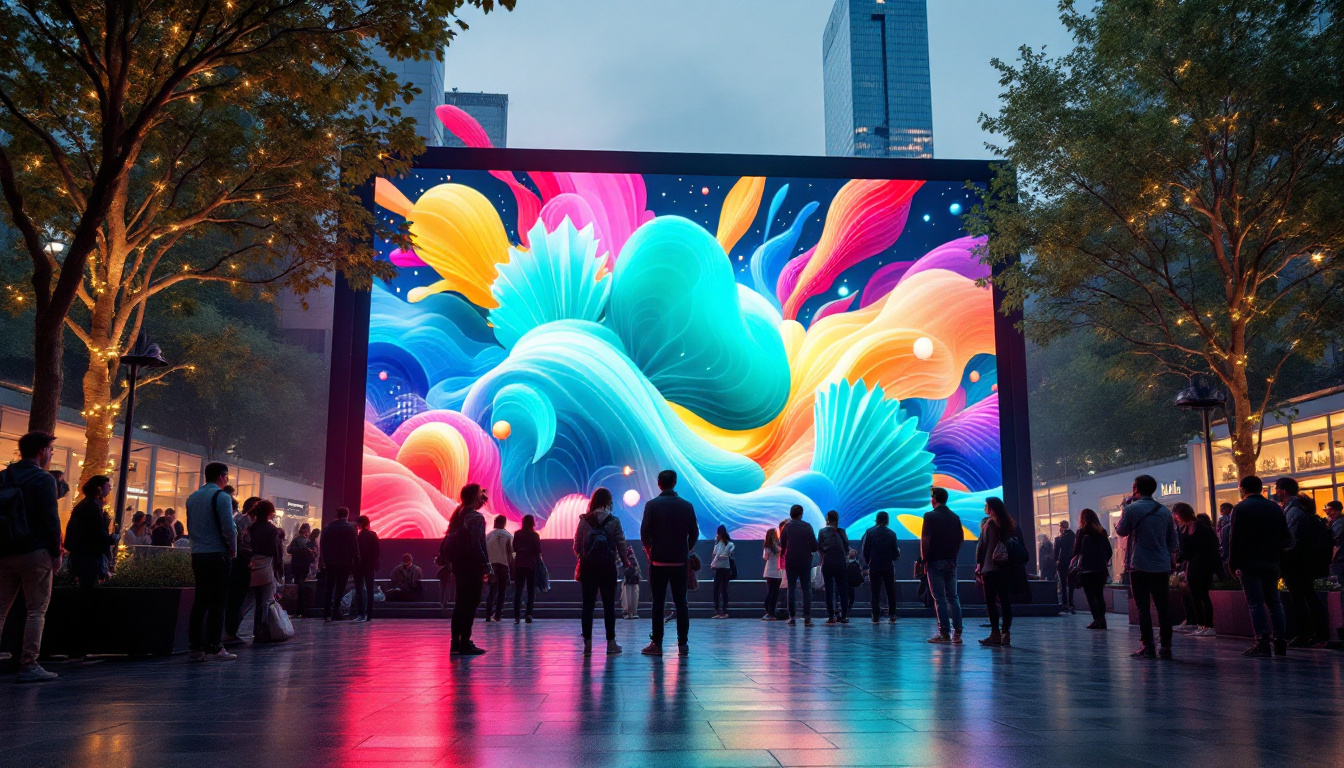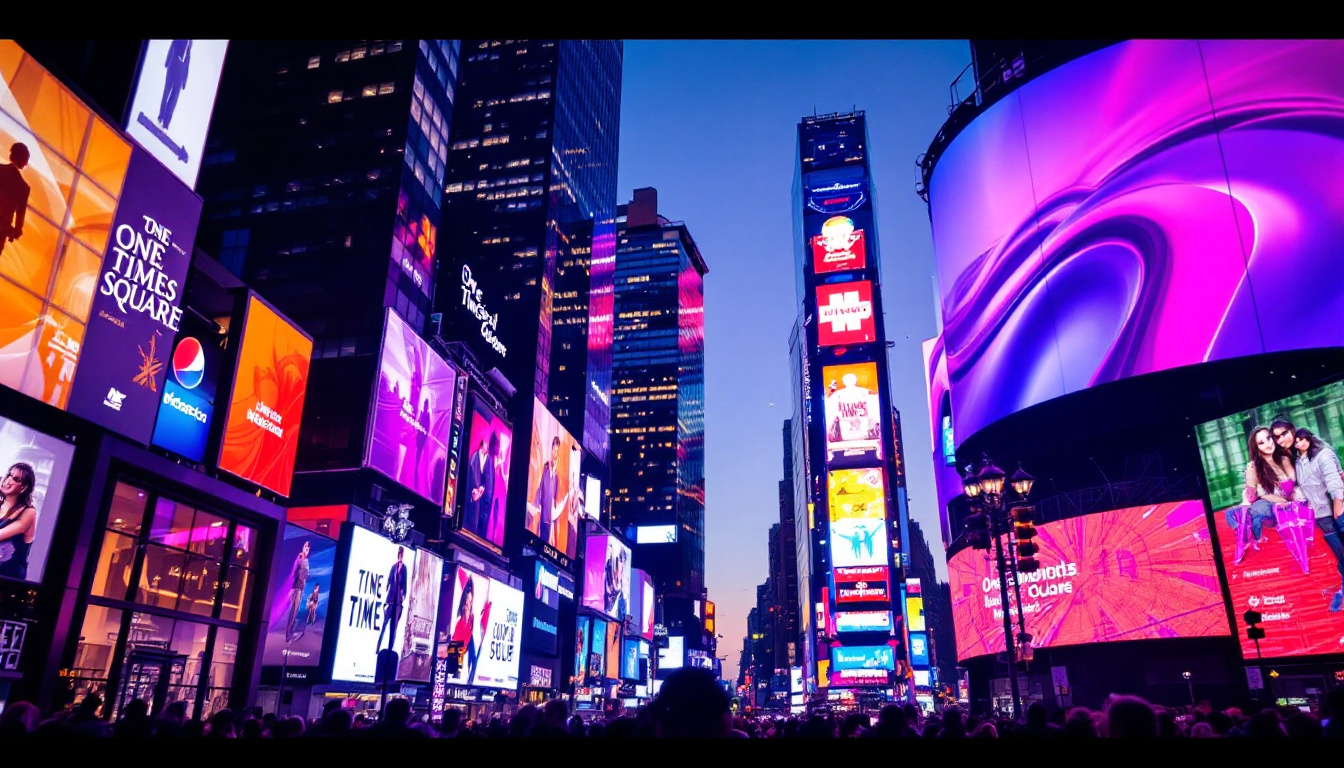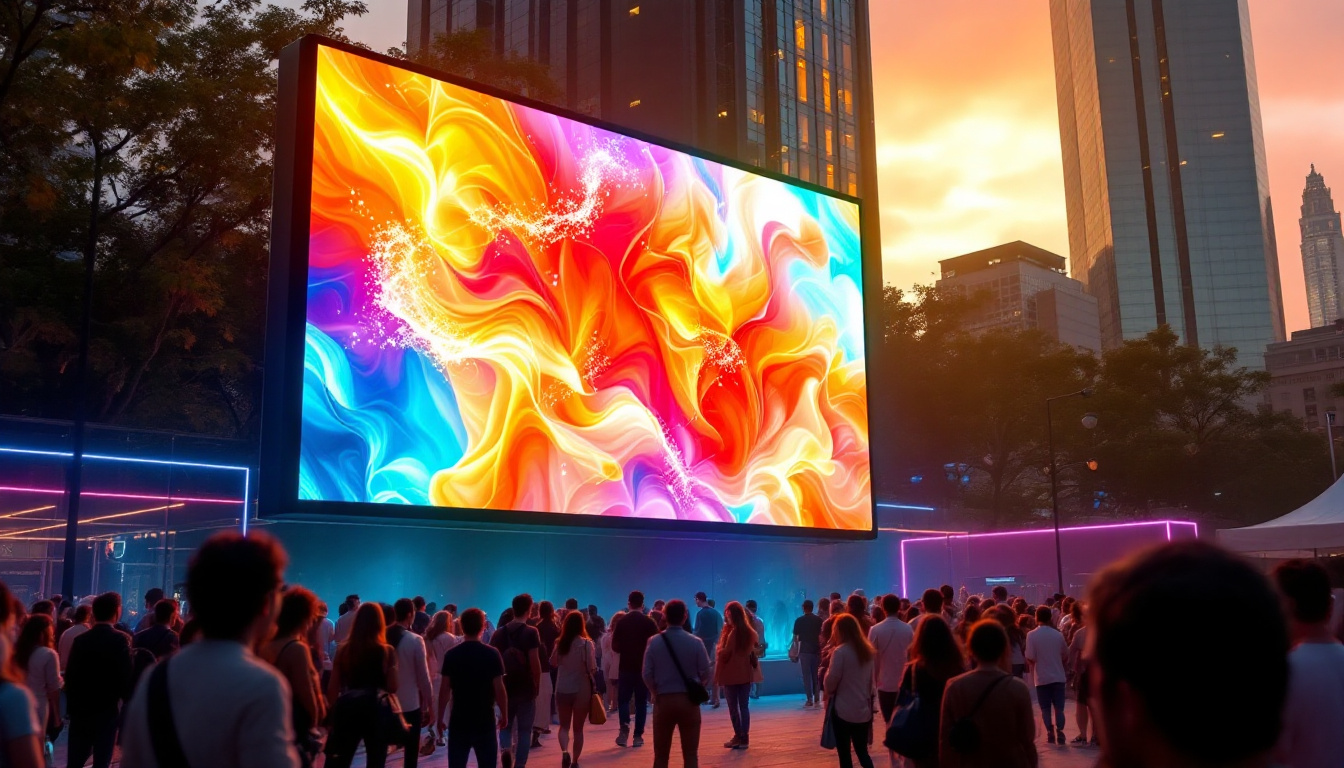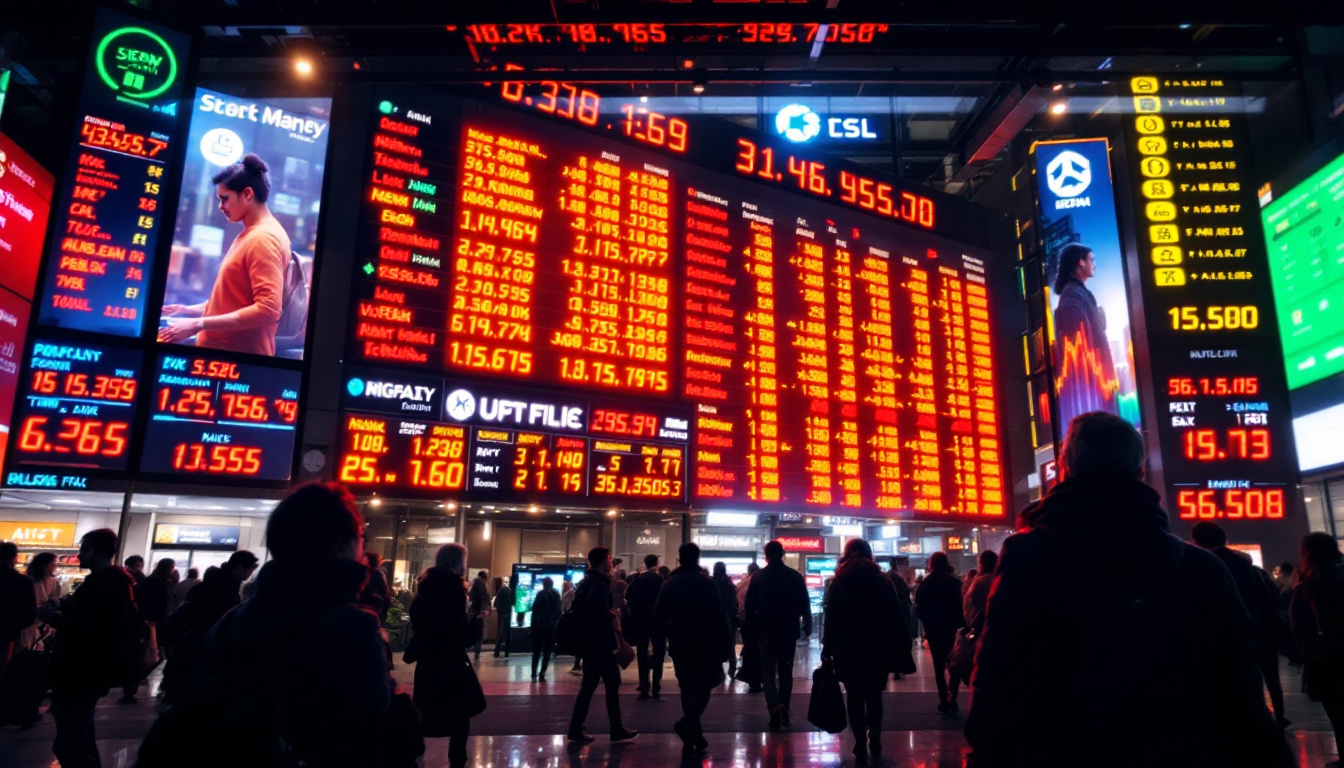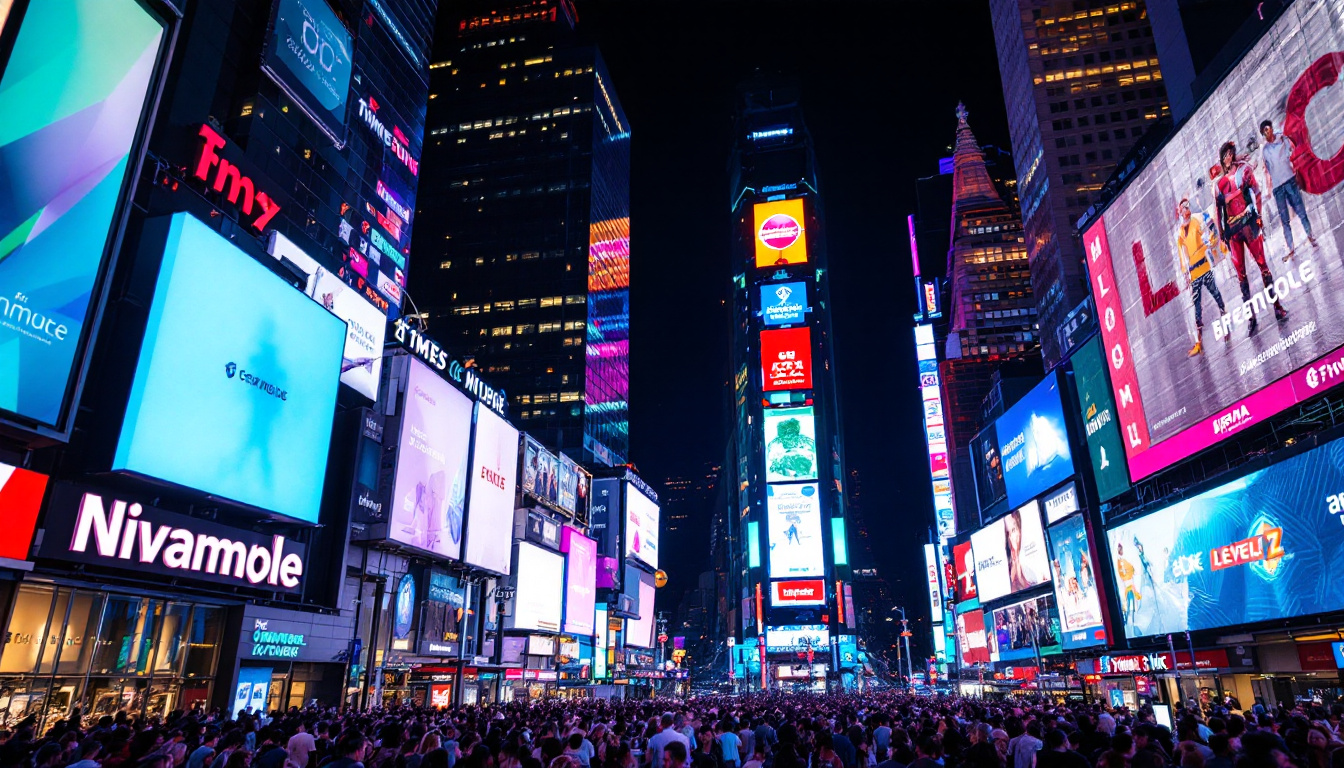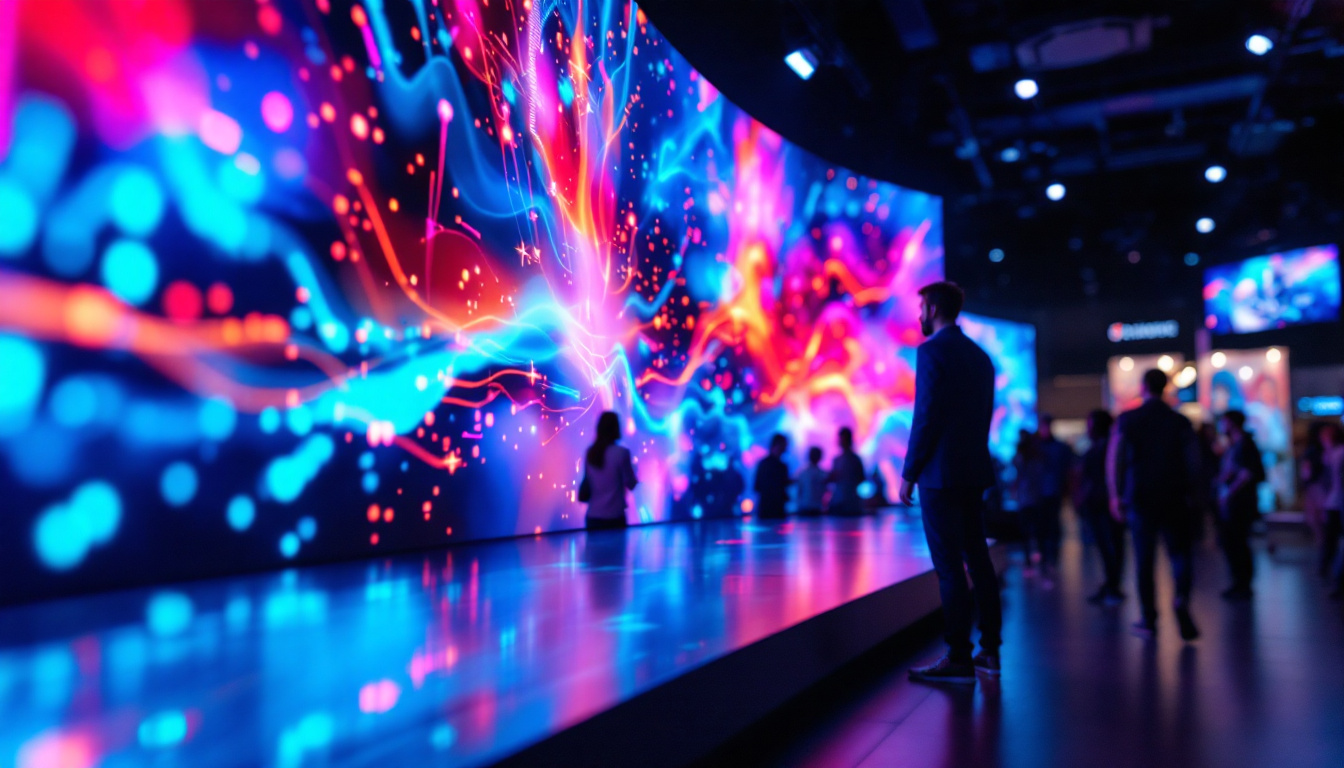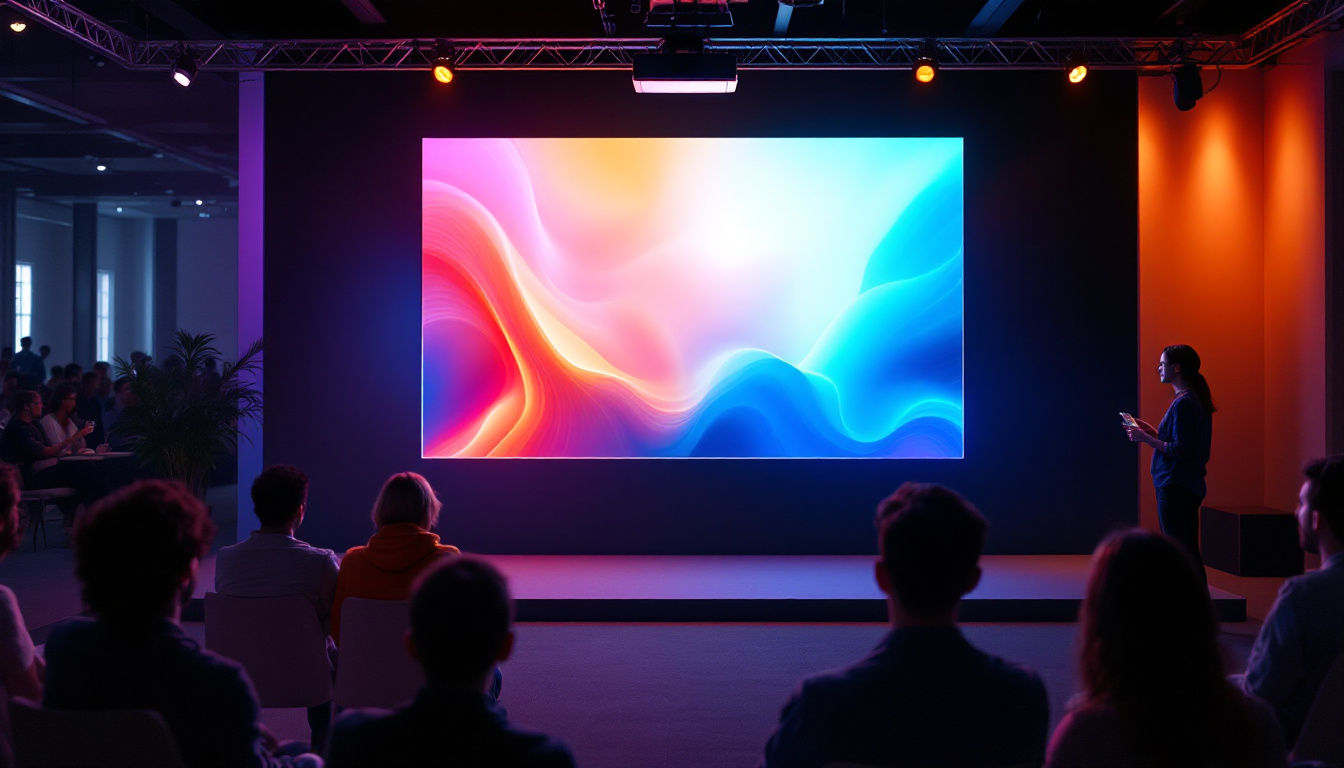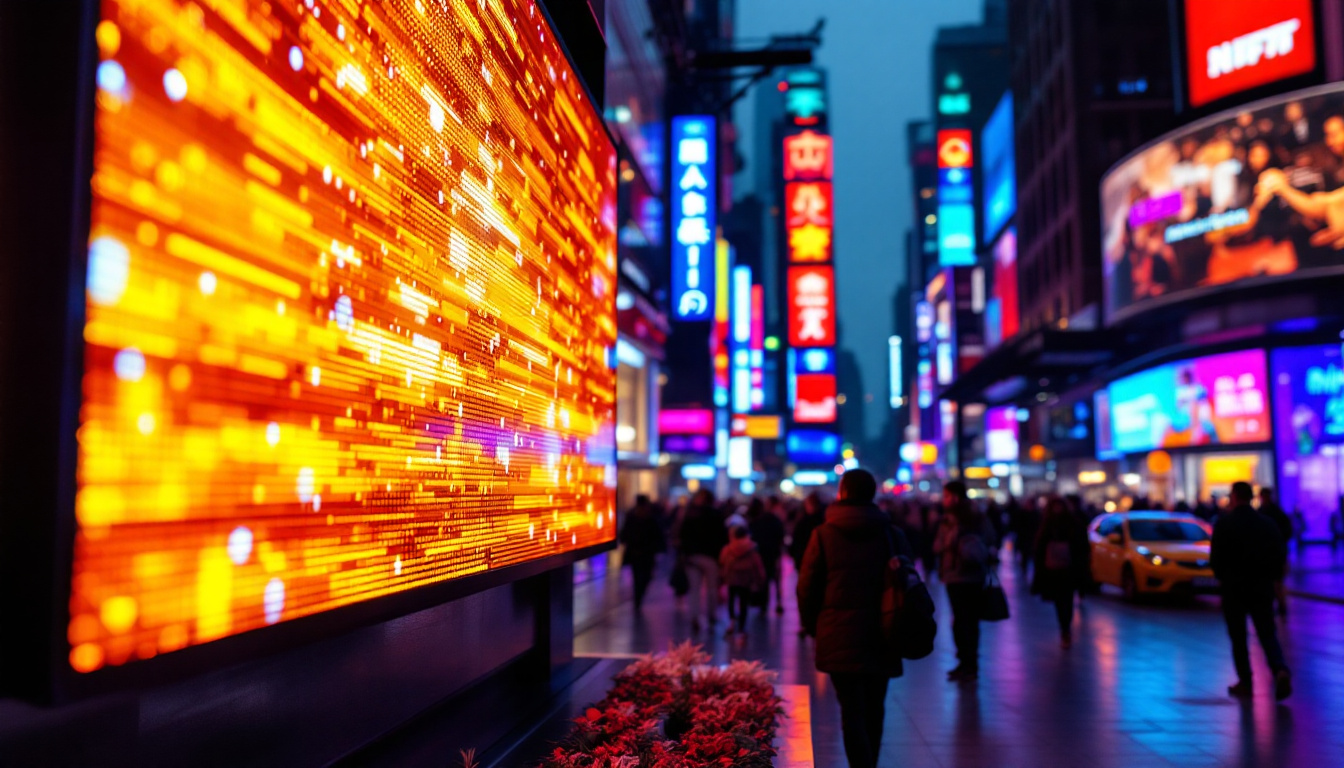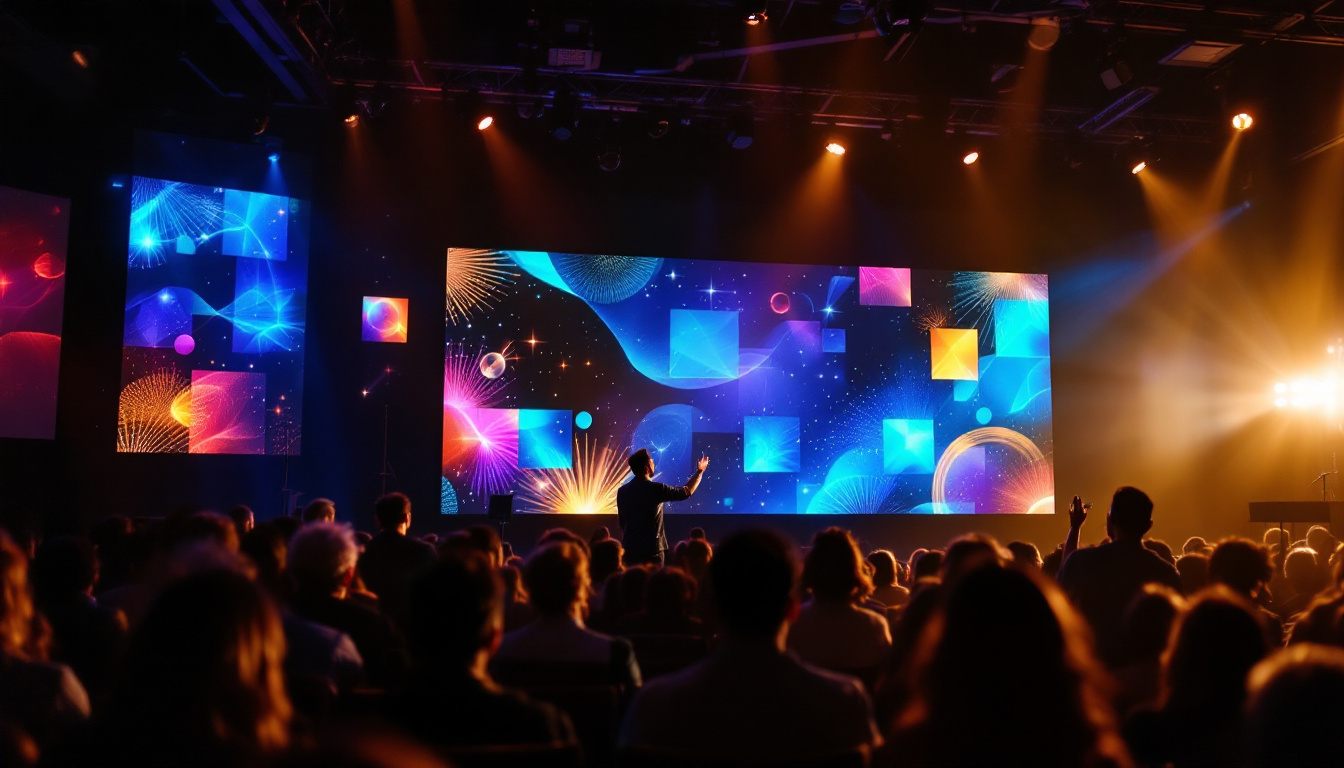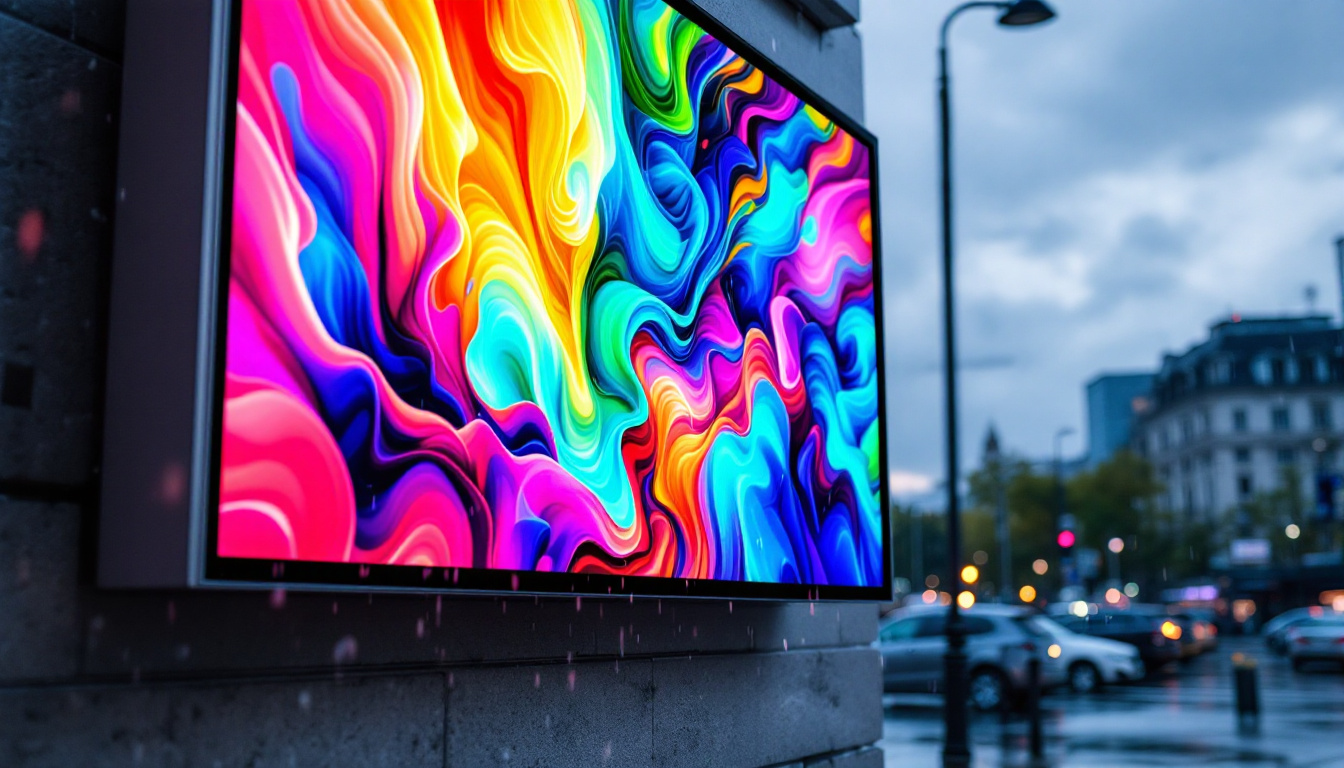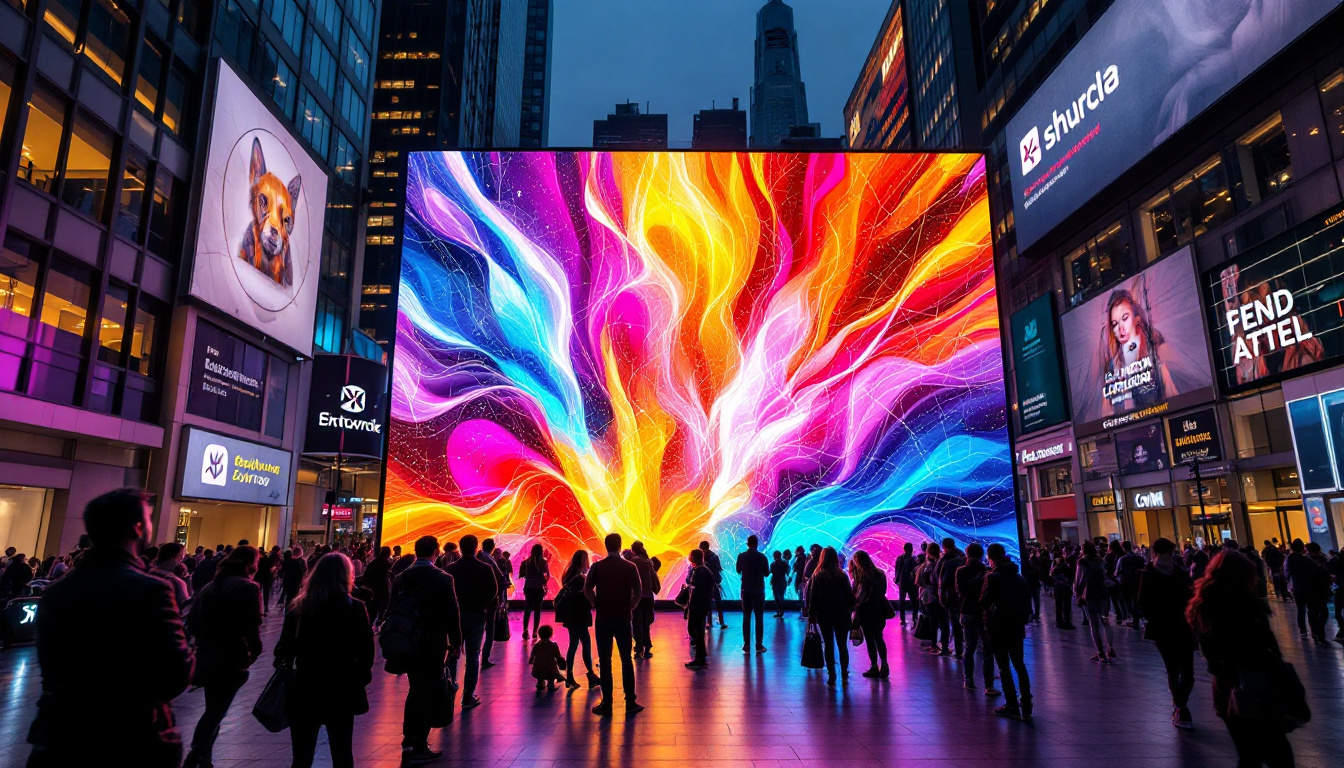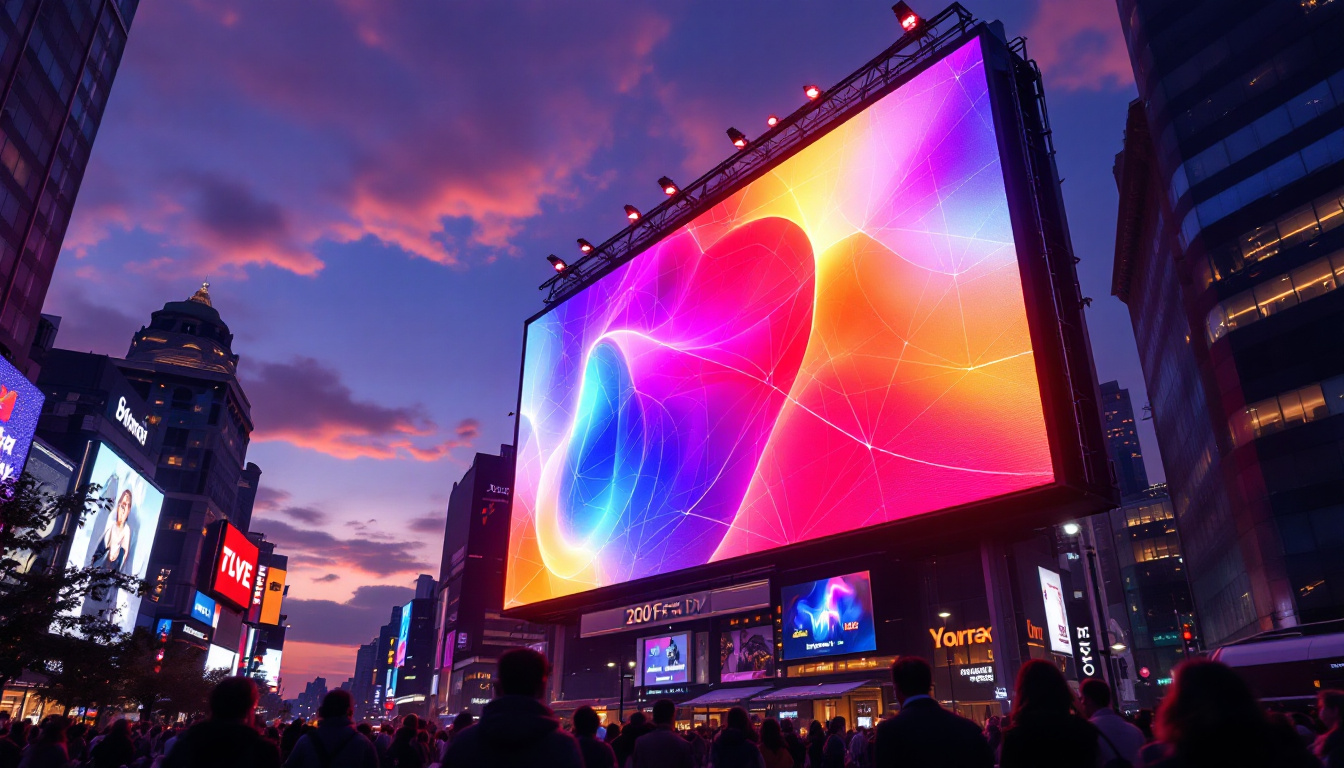Digital Vs LED Signs: LED Display Explained
In today’s fast-paced world, businesses are constantly seeking innovative ways to capture the attention of potential customers. Among the various advertising mediums available, digital and LED signs have emerged as two popular choices. While both serve the purpose of conveying messages effectively, they differ in functionality, technology, and application. This article delves into the nuances of digital and LED signs, providing a comprehensive understanding of LED displays and their advantages.
Understanding Digital Signs
Digital signs are electronic displays that use various technologies to present dynamic content. These signs can range from simple text displays to complex video screens, often found in retail environments, public transportation hubs, and corporate settings. The primary goal of digital signage is to engage audiences with real-time information, advertisements, or promotional content. In recent years, the evolution of digital signage has transformed how businesses communicate with their customers, making it an essential tool for modern marketing strategies.
As technology advances, the capabilities of digital signs continue to expand. For instance, many digital signage solutions now incorporate interactive elements, allowing users to engage directly with the content displayed. Touch screens and mobile integration are becoming increasingly common, enabling customers to access additional information or promotions by simply interacting with the sign. This interactivity not only enhances the customer experience but also provides businesses with valuable data on consumer behavior and preferences.
Types of Digital Signs
Digital signs can be classified into several categories based on their technology and application. Some common types include:
- LCD Displays: Liquid Crystal Displays (LCDs) are widely used for digital signage. They offer high-resolution images and are suitable for indoor environments, making them ideal for retail stores and corporate offices where clear visuals are essential.
- Projection Systems: Projectors can create large images on various surfaces, making them ideal for events and presentations. They are particularly useful in environments where space is limited, as they can project onto walls or screens without requiring large physical displays.
- LED Displays: While LED displays fall under the category of digital signage, they have unique characteristics that set them apart. Known for their brightness and visibility, LED displays are often used outdoors, ensuring that content remains clear and engaging even in direct sunlight.
Advantages of Digital Signs
Digital signs offer numerous benefits to businesses looking to enhance their marketing strategies. Some key advantages include:
- Dynamic Content: Digital signs allow for easy updates and changes to content, enabling businesses to promote timely offers and information. This flexibility is particularly advantageous in fast-paced environments where promotional messages need to be adjusted frequently.
- Engagement: The visual appeal of digital displays can attract customers’ attention more effectively than traditional static signs. By incorporating animations, videos, and vibrant colors, businesses can create a more immersive experience that captivates their audience.
- Cost-Effective: Although the initial investment may be higher, digital signs can reduce printing and labor costs over time. Additionally, the ability to run multiple campaigns on a single display maximizes the return on investment, as businesses can target different demographics without the need for additional signage.
Moreover, digital signage can be integrated with social media platforms, allowing businesses to showcase user-generated content or real-time updates from their social channels. This integration not only fosters a sense of community but also encourages customers to engage with the brand online, further amplifying the reach of marketing efforts. As businesses continue to explore innovative ways to connect with their audience, the role of digital signs will undoubtedly become even more significant in shaping consumer experiences.
Exploring LED Signs
LED (Light Emitting Diode) signs are a specific type of digital signage that utilizes LED technology to display messages. These signs are known for their brightness, energy efficiency, and versatility, making them a popular choice for outdoor advertising, event promotions, and wayfinding solutions. Their ability to convey information quickly and attractively has revolutionized how businesses communicate with customers, leading to increased engagement and brand visibility.
In addition to their practical applications, LED signs also offer creative opportunities for businesses and organizations. With the ability to display dynamic content, such as videos or scrolling text, these signs can adapt to different marketing campaigns or events in real-time. This flexibility allows for more personalized messaging, which can resonate more deeply with target audiences, ultimately driving foot traffic and sales.
How LED Displays Work
LED displays consist of a matrix of tiny LED bulbs that emit light when an electric current passes through them. Each bulb can be individually controlled, allowing for a wide range of colors and patterns. This technology enables LED signs to present vibrant images and animations, making them highly effective in capturing attention. Furthermore, advancements in LED technology have led to improvements in resolution and pixel density, allowing for clearer and more detailed visuals that can be viewed from greater distances.
The control systems behind LED displays are also becoming increasingly sophisticated. Many modern LED signs can be programmed remotely via software, enabling users to update content from anywhere with an internet connection. This capability is especially beneficial for businesses with multiple locations, as it allows for consistent branding and messaging across all sites without the need for physical intervention.
Key Features of LED Signs
LED signs come with several features that enhance their functionality and appeal:
- Brightness: LED displays are exceptionally bright, making them visible even in direct sunlight, which is crucial for outdoor applications.
- Energy Efficiency: Compared to traditional lighting methods, LED technology consumes significantly less energy, resulting in lower operating costs.
- Longevity: LED signs have a longer lifespan, often lasting up to 100,000 hours, reducing the need for frequent replacements.
Additionally, many LED signs are designed to withstand various environmental conditions. They are often built with durable materials that are weather-resistant, ensuring that they can function effectively in rain, snow, or extreme temperatures. This resilience makes them an ideal choice for businesses located in areas with harsh climates, as they can maintain their performance and appearance over time. Moreover, some LED signs come with built-in sensors that adjust brightness levels based on ambient light, further enhancing their usability and energy efficiency.
Comparing Digital and LED Signs
While both digital and LED signs serve the purpose of conveying information, they differ in several key aspects. Understanding these differences can help businesses make informed decisions about which type of signage best suits their needs.
Visual Impact
One of the most significant differences between digital and LED signs lies in their visual impact. LED signs are generally brighter and more vibrant, making them more effective for outdoor advertising. In contrast, digital signs, particularly LCD displays, may not be as visible in bright sunlight, limiting their effectiveness in outdoor settings.
Content Flexibility
Digital signs offer greater flexibility in terms of content. Businesses can easily update their messages, images, and videos to reflect current promotions or events. LED signs, while also capable of displaying dynamic content, may require more technical expertise to program and update, especially for complex animations.
Cost Considerations
When evaluating the cost of digital versus LED signs, several factors come into play. Digital signs, particularly high-quality LCD displays, may have a higher upfront cost. However, their versatility and ease of content management can lead to long-term savings. LED signs, while generally more affordable in terms of energy consumption and maintenance, may require a more significant initial investment depending on their size and complexity.
Applications of LED Signs
LED signs have found applications across various industries and settings. Their versatility allows businesses to use them in multiple ways, enhancing communication and advertising efforts.
Retail Environments
In retail settings, LED signs are often used to promote sales, highlight new products, or provide information about store hours. Their eye-catching nature can draw customers into stores and encourage impulse purchases. For example, a brightly lit LED sign displaying a limited-time offer can create a sense of urgency, prompting customers to act quickly.
Transportation Hubs
Airports, train stations, and bus terminals frequently utilize LED signs for real-time information dissemination. These displays provide travelers with crucial updates on schedules, delays, and gate changes. The ability to change content instantly ensures that passengers receive the most accurate information, enhancing their overall experience.
Events and Entertainment
LED signs are a staple in the events and entertainment industry. From concerts to sports events, these displays can showcase live feeds, advertisements, and event schedules. Their vibrant colors and dynamic content create an immersive experience for attendees, elevating the overall atmosphere of the event.
Future Trends in LED Signage
The world of LED signage is continuously evolving, with new technologies and trends emerging regularly. Staying informed about these developments can help businesses leverage the latest advancements for their advertising needs.
Smart LED Displays
As technology advances, smart LED displays are becoming increasingly popular. These displays can connect to the internet, allowing for real-time updates and remote management. Businesses can monitor performance, analyze viewer engagement, and adjust content based on audience demographics, making advertising efforts more targeted and effective.
Integration with Augmented Reality (AR)
Another exciting trend is the integration of LED signage with augmented reality. This technology allows businesses to create interactive experiences for customers. For instance, a retail store could use AR to enable customers to visualize how a product would look in their home, enhancing the shopping experience and driving sales.
Eco-Friendly Innovations
As sustainability becomes a priority for many businesses, eco-friendly innovations in LED signage are gaining traction. Manufacturers are developing energy-efficient LED displays that consume less power and utilize recyclable materials. These advancements not only reduce the environmental impact but also appeal to eco-conscious consumers.
Conclusion
In the battle of digital versus LED signs, both mediums offer unique advantages and applications. Digital signs provide flexibility and dynamic content, while LED signs excel in brightness, visibility, and energy efficiency. Understanding the specific needs of a business and its target audience is crucial when deciding which type of signage to invest in.
As technology continues to evolve, LED displays are likely to become even more integral to advertising and communication strategies. By embracing these advancements, businesses can enhance their visibility, engage customers effectively, and ultimately drive growth in an increasingly competitive marketplace.
In conclusion, whether opting for digital or LED signs, the key lies in leveraging the strengths of each medium to create impactful messaging that resonates with audiences. The future of signage is bright, and businesses that adapt to these changes will undoubtedly thrive.
Illuminate Your Message with LumenMatrix
Ready to elevate your advertising and communication efforts with unparalleled brightness, visibility, and energy efficiency? Discover how LumenMatrix’s innovative LED display solutions can transform your business. From engaging Indoor LED Walls to dynamic Vehicle Displays and beyond, our cutting-edge technology is designed to captivate your audience and amplify your brand. Check out LumenMatrix LED Display Solutions today and step into the future of visual storytelling.

